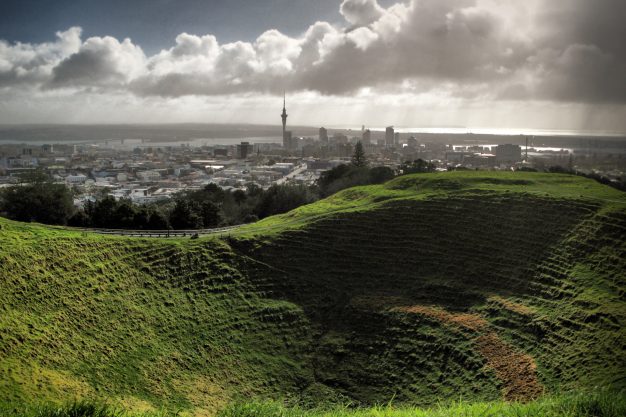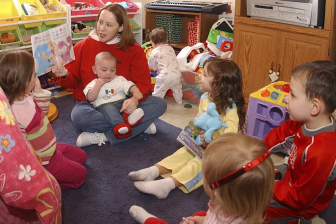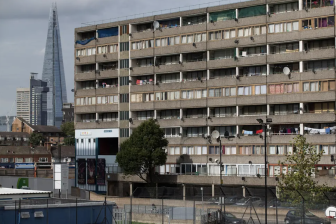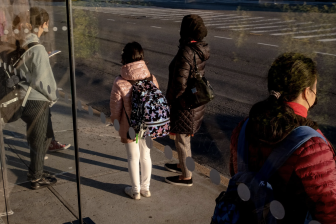
‘Bleak future’ for children living in poverty in New Zealand – report
Child poverty rates in Aotearoa New Zealand are ‘a sad indictment on the country’, with no real improvement in policy that could turn things around
That’s the stark message from the Child Poverty Action Group (CPAG), one of the country’s leading non-profit advocacy bodies which campaigns on poverty.
Figures published by StatsNZ show there has been little change in all areas used to measure child poverty rates across NZ, a situation described as ‘appalling’ by CPAG.
“The future is bleak for these children who are languishing in poverty – the country’s future is also blighted by this because we’re not investing in children,” said Prof Innes Asher, health spokesperson for CPAG.
According to the report, which covers the year ending June 2022, around one in 10 children were experiencing ‘material hardship. defined as when a household cannot afford things like regular healthy food, essential health services or paying utility bills.
‘No inclusion of the most vulnerable families’
CPAG said one of the most striking aspects of the survey was that of the 9,000 households questioned in a survey, there was almost no inclusion of some the most vulnerable families.
“Families living in motels and other emergency accommodation, as well as cars and other forms of homelessness were not included,” said Prof Asher. “The real picture is likely to be a lot more grim as anecdotal evidence suggests the numbers of families in these dire situations is on the increase. We also know poverty is a driver of preventable hospitalisations, which is another reason to urgently address child poverty, for the sake of our overburdened health system.”
The picture for children from some of the country’s indigenous peoples, namely the Māori and Pasifika, children is much worse, suggests the data. One in five Māori children and one in four Pasifika children experience material hardship, says. StatsNZ.
Alan Johnson, CPAG’s housing spokesperson, said radical changes to tax and welfare were needed. The government needed to show more courage than it had in the past five years if it wanted to turn things around. How could there be any change in the rate of child poverty in New Zealand when there have been no policies implemented that could turn things around?”
CPAG wants the government to fully adopt the 42 recommendations of the government-appointed Welfare Expert Advisory Group’s February 2019 report. But so far not one of the recommendations has been fully implemented in the four intervening years.
‘It is a challenging environment’
Responding to the report, the government said that measures it had taken during the pandemic and resulting economic fall-out had ‘avoided’ more children falling into poverty.
Jan Tinetti, Minister for Child Poverty Reduction, said: “Despite the most challenging economic conditions in a generation or more, actions taken by the Government have ensured that New Zealand children have not fallen backwards.”
“It’s a challenging environment but child poverty figures staying steady this year is encouraging. It shows the Government’s policies targeting kids and families are helping, despite the pandemic and tough economic times.




